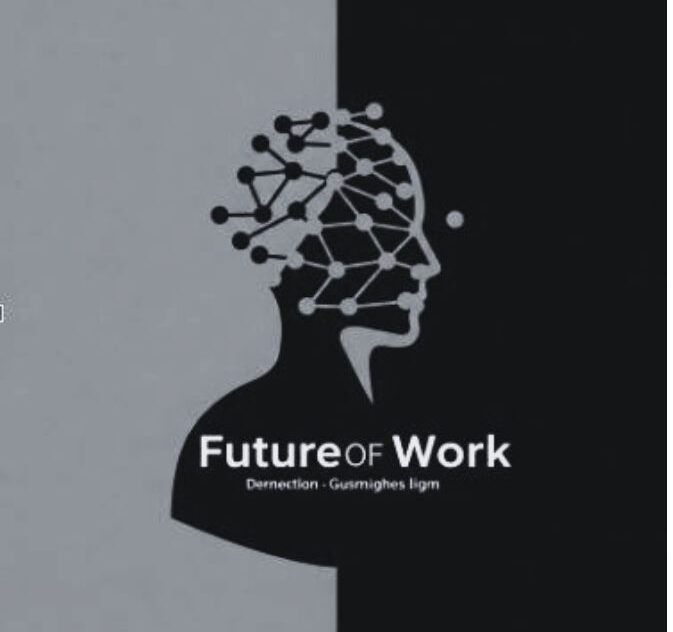The world is moving from roles to tasks. How can businesses and employees today keep up? The nature of work is changing. Quietly, yet radically, we are shifting from a world defined by static roles to one driven by dynamic tasks a transformation now accelerating with the introduction of Google’s Agent2Agent (A2A) protocol. More than just a technical innovation, A2A represents a deep structural shift in how work is organized, executed, and scaled in the age of intelligent software agents.
If the industrial era gave us the “job title,” the agentic era is giving us the “task flow.”
Historically, work has been organized into roles like engineers, accountants, recruiters, etc. These roles bundle together a set of recurring responsibilities, often regardless of whether a person is best suited to perform every part of the bundle. This structure made sense when businesses needed predictable hierarchies and humans were the only workforce available.
But roles can be rigid. They don’t easily adapt to change, and they often fail to reflect the granular, cross-disciplinary nature of modern work. Today’s employees often find themselves wearing multiple hats, collaborating across functions, and picking up tasks far outside their formal titles.
A2A is A Protocol Built for Task-Based Work
The A2A protocol doesn’t speak the language of job titles. It speaks the language of tasks, capabilities, and collaboration.
Announced by Google and backed by over 50 industry partners, A2A defines a standardized way for AI agents regardless of vendor, framework, or infrastructure to discover each other, exchange information, and coordinate on complex tasks. These agents advertise their capabilities through “Agent Cards” and engage in a shared task lifecycle, passing work to each other dynamically, based on who is best suited to get it done.
Sound familiar? It’s how modern teams already wish they worked.
Unbundling Roles into Fluid Tasks
A2A enables a future where work is no longer constrained by the boundaries of traditional job roles. Instead:
- Work is atomized into tasks, each with specific context and objectives.
- Agents (human or artificial) are matched to tasks based on capabilities, not job descriptions.
- Tasks flow across agents seamlessly, regardless of the tools, departments, or companies involved.
This is a profound shift. It means that instead of hiring someone to “be a project manager,” an organization could coordinate dozens of agents (some AI, some human) to collectively perform project management as a service, adapting in real time based on complexity, context, and specialization.
Accelerating an Existing Trend
The shift from roles to tasks has been brewing for years with the rise of gig work, no-code platforms, automation tools, and AI copilots. But these systems have often been siloed or incompatible. A2A changes that by introducing a common language and set of rules for agents to collaborate.
This enables:
- Cross-organizational task orchestration: Agents from different companies can collaborate securely on a task, breaking down enterprise silos.
- Plug-and-play workforce augmentation: Need a sourcing assistant, contract analyzer, or scheduling bot? Just connect the right agents.
- Continuous optimization: Tasks can be re-routed or split mid-flow to improve efficiency, without human micro-management.
The result? A fluid, interoperable network of agents that can execute and coordinate work in ways humans simply can’t.
The Human Side of Task-Based Work
This doesn’t mean humans disappear. It means our role in the work ecosystem evolves:
- We become task architects, designing flows and delegating to agents.
- We act as judgment agents, stepping in where ambiguity, ethics, or creativity are required.
- We build and fine-tune specialized agents that reflect our domain expertise.
And as personal AI agents become more capable, individuals may deploy their own task-executing assistants working with enterprise agents on equal footing.
Implications for the Future of Work
- Rethinking Organizational Design: Hierarchies may flatten as work gets distributed more dynamically among agent networks.
- Rise of the Task Economy: Just as Uber transformed rides into tasks, A2A could do the same for knowledge work.
- Empowering Solopreneurs: Individuals with a handful of agents can now do the work of a small team.
- Focus on Capability, Not Title: Resumes may give way to capability graphs, with people and agents alike evaluated based on what they can do, not where they’ve worked.
The introduction of the A2A protocol is more than a technical milestone. It is a signal that the future of work isn’t just automated, it’s restructured. A world where static roles give way to dynamic collaborations. Where the boundaries between human and machine contributions blur. The shift is happening. And with A2A, it’s happening faster than anyone expected.






